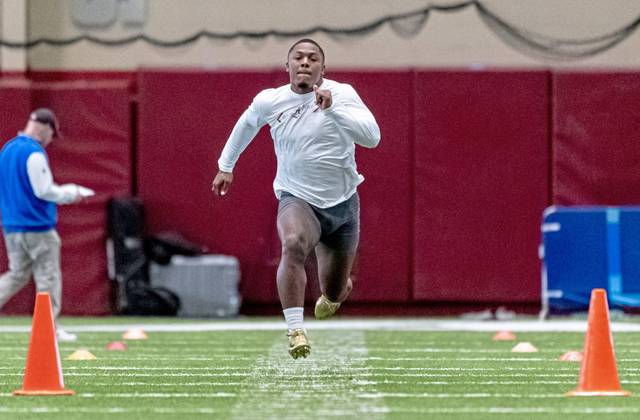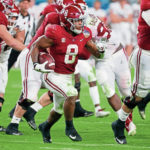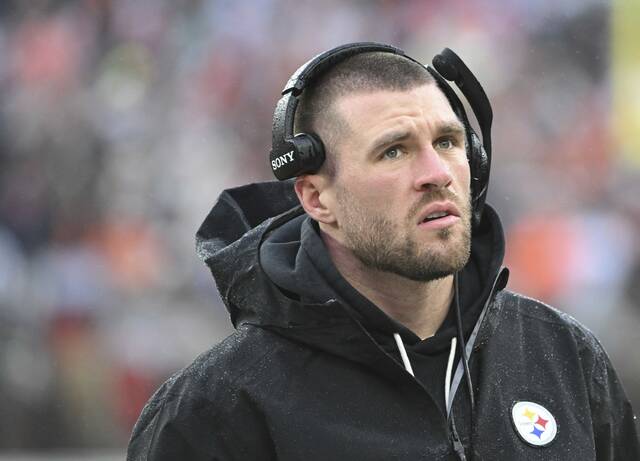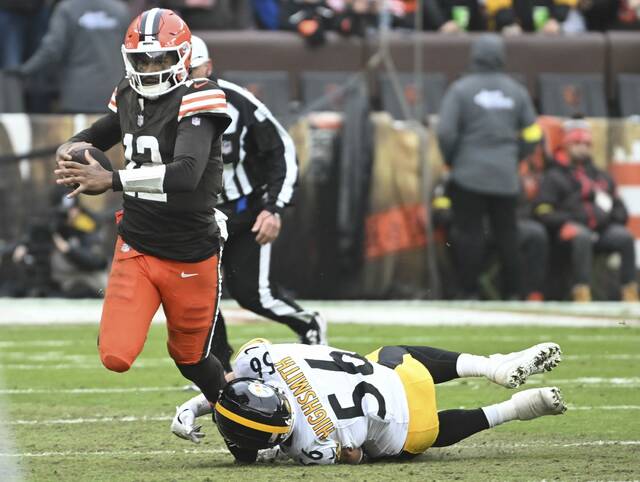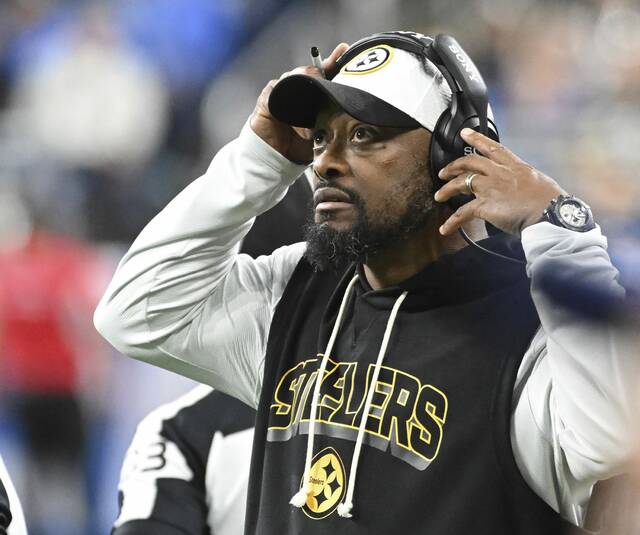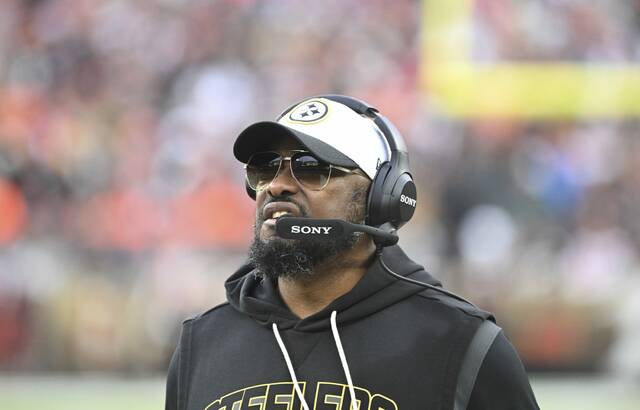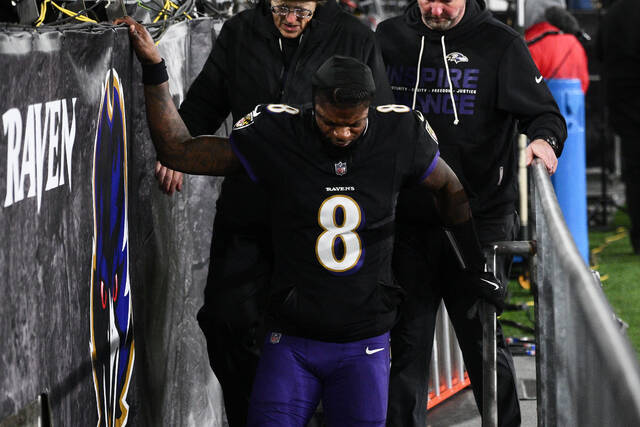Editor’s note: This is the second in a series of stories heading into the NFL Draft on April 25-27. Today’s installment focuses on running backs.
The low point for running back prospects came in the 2013-14 classes, when not one ball carrier was selected in the first round of the NFL Draft in either year.
Since then, the tide has turned, with at least one runner being selected among the top 10 picks. It reached a high point last year when Saquon Barkley was selected by the New York Giants at No. 2, becoming the first running back to be drafted so high since Reggie Bush was the second player off the board in 2006.
This year might present a reversal of fortune. With no elite running backs in the class, only Alabama’s Josh Jacobs is considered a bonafide first-round selection, and he isn’t expected to be picked until after the Pittsburgh Steelers take their turn at No. 20.
But a lack of quality at the top doesn’t necessarily translate into a lack of quantity.
“There’s not a Saquon Barkley, who was just so rare, not a Leonard Fournette in terms of some of those guys that have been picked way high,” NFL Network analyst Daniel Jeremiah said. “I love Jacobs. To me, he’s the one guy I would feel great about turning in the card in the first round.
“After that, though, there’s a lot of depth once you get in that second- and third-round range.”
Former NFL running back Maurice Jones-Drew, a three-time 1,000-yard rusher, recently compiled his list of top prospects as part of his analyst role with NFL.com. Jones-Drew placed only Jacobs and Alabama teammate Damien Harris as “Day 1 starters.” But in his next category, which he titled “System Players,” Jones-Drew mentioned 20 prospects, from Penn State’s Miles Sanders to Slippery Rock’s Wes Hills.
ESPN analysts Mel Kiper Jr. and Todd McShay have Jacobs going off the board at No. 24 and No. 27, respectively, with the Oakland Raiders holding both picks.
So while Jacobs may be the only runner who gets his name called in the first round, plenty of backs could get taken on the second day or early in the third day of the draft. David Montgomery, Devin Singletary and Darrell Henderson might not be household names, but they could be second-day picks who start as rookies.
“I think the running backs class coming out is a solid one,” said Carolina Panthers coach Ron Rivera, whose team selected Christian McCaffery with the No. 8 pick in 2017. “There are a lot of quality young guys that you can get at the right pick. You have to be aware of them. You have to understand where they are going to fit for you and exactly where you want to utilize them.”
Jacobs, despite his first-round pedigree, is hardly a sure thing. In three years at Alabama, he never amassed more than 640 yards in a season while sharing carries with other runners. In 2018, it was Harris who led the Crimson Tide with 876 yards rushing.
“The one thing about Josh Jacobs is you don’t want to be a defender in the open field when he has the ball in his hands,” said Kansas City Chiefs general manager Brett Veach, whose team is in the market for a running back after releasing Kareem Hunt last year. “He’s not the biggest guy, not the fastest guy, but I think his ability to generate yards after contact is really amazing. … He’s an exciting player to watch, and (Harris) … he’s really good, too. He has a little bit more speed. I think, again, ending up with either of those two players would be a plus for any team.”
With more NFL teams taking a committee approach to the position, perhaps it’s no surprise colleges are doing the same with their running backs. Or it’s a case of running backs having to wait their turn to play, much like Sanders did until Barkley departed for the NFL last year.
“If a guy has the traits to play the position, whether they came out of a committee system or had a lot of carries, I don’t think it’s going to have a whole lot of weight,” Los Angeles Chargers general manager Tom Telesco said at the NFL Combine. “Obviously, if there’s a running back that played four years and had 300 carries a year, you may do a little more work to make sure that guy is going to be durable enough to handle it for four or five years at this level.
“But it’s just different styles and ways to look at it.”


